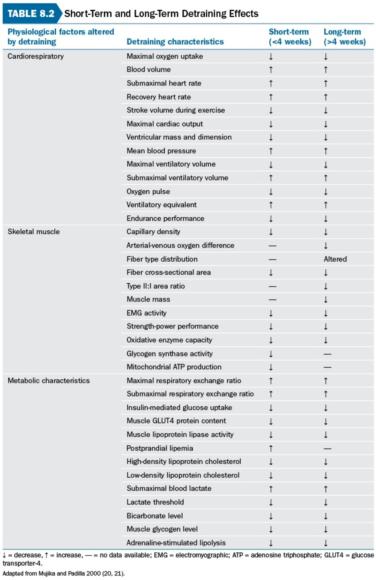Link training periods with a transition phase
This is an excerpt from Periodization-6th Edition by Tudor O Bompa,Carlo Buzzichelli.
After long periods of training, hard work, and stressful competitions in which both physiological and psychological fatigue can accumulate, a transition period should be used to link annual training plans or preparation for another major competition, as in the case of the bi-cycle, tri-cycle, and multicycle annual training plan. The transition phase serves an important role in preparing the athlete for the next training cycle. The athlete should start the new preparatory phase only when fully recovered from the previous competitive season. If the athlete initiates a new preparatory phase without full recovery, it is likely that performances will be impaired in future competitive cycles and the risk of injury will increase.
The transition phase, often inappropriately called the off-season, links two annual training plans. This phase facilitates psychological rest, relaxation, and biological regeneration while maintaining an acceptable level of general physical preparation (40% to 50% of the competitive phase). Training should be low key: All loading factors should be reduced; the main training components should be centered on general training, with minimal, if any, technical or tactical development. The transition phase generally should last 2 to 4 weeks but could be extended to 6 weeks, especially for younger athletes. Under normal circumstances the transition phase should not last longer than 6 weeks.
There are two common approaches to the transition phase. The first (incorrect) approach encourages complete rest with no physical activity; in this case, the term off-season fits perfectly. This abrupt interruption of training and the complete inactivity can lead to significant detraining even if only undertaken for a short period of time (
Some authors have suggested that an abrupt cessation of training by highly trained athletes creates a phenomenon known as detraining syndrome, relaxation syndrome, exercise abstinence, or exercise dependency syndrome. This type of detraining appears to occur in athletes who either intentionally cease training or are forced to stop training in response to an injury. Detraining syndrome can be characterized by many symptoms including insomnia, anxiety, depression, alterations to cardiovascular function, and a loss of appetite (see the sidebar, Potential Symptoms of Detraining Syndrome, for additional symptoms). These symptoms usually are not pathological and can be reversed if training is resumed within a short time. If the cessation of training is prolonged, these symptoms can become more pronounced, indicating that the athlete's body is unable to adapt to this sudden inactivity. The time frame in which these symptoms manifest themselves is highly specific to the individual athlete; generally, it can occur within 2 to 3 weeks of inactivity and varies in severity.
Simply decreasing the level of training can also stimulate a detraining effect that will decrease physiological (table 8.2) and performance capacity. The magnitude of the detraining effects will be related to the duration of the detraining period. Short-term detraining, which occurs in less than 4 weeks, can result in some significant decreases in endurance and strength performance.

Learn more about Periodization: Theory and Methodology of Training, Sixth Edition.
More Excerpts From Periodization-6th EditionSHOP

Get the latest insights with regular newsletters, plus periodic product information and special insider offers.
JOIN NOW
Latest Posts
- Sample mental health lesson plan of a skills-based approach
- Sample assessment worksheet for the skill of accessing valid and reliable resources
- Help your students overcome what holds them back from making health-promoting choices
- Example of an off-season microcycle
- Modifying lifts
- Screening for multilevel programs in a team environment


